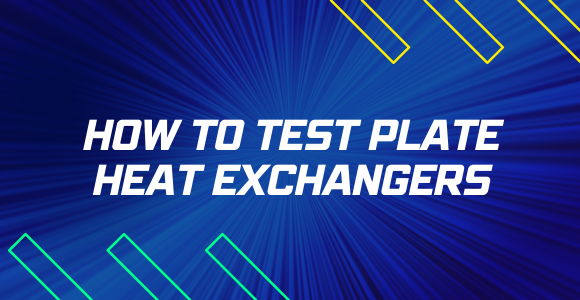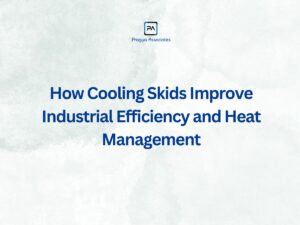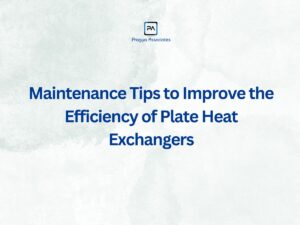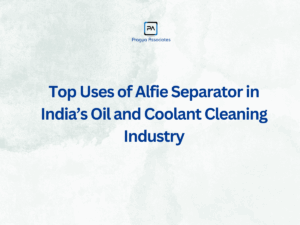Plate heat exchangers are vital to many industrial processes, including the food and beverage industry. These devices allow for efficient heat transfer and improved productivity. However, it is crucial to regularly test plate heat exchangers to ensure their efficient operation and longevity. This blog post will provide a comprehensive guide on testing plate heat exchangers.
Understanding Plate Heat Exchanger Performance
Before testing plate heat exchangers, it is essential to understand their key performance metrics. The two main metrics are heat transfer efficiency and pressure drop. Heat transfer efficiency measures how effectively the plate heat exchanger transfers heat between two fluids. Pressure drop measures the resistance to flow through the heat exchanger. Several factors, such as fluid properties, temperature, and fouling, can affect plate heat exchanger performance.
Types of Plate Heat Exchanger Tests
There are two main types of plate heat exchanger tests: non-invasive and invasive. Non-invasive tests include visual inspection, temperature readings, and pressure readings. Visual inspection can reveal signs of physical damage or fouling. Temperature readings can help identify any temperature differences that could indicate reduced heat transfer efficiency. Pressure readings can help determine if there is any blockage or restriction in the system. Invasive tests include dye testing, flow rate measurement, and fouling factor determination. Dye testing involves adding a coloured dye to one fluid and observing if it leaks into the other fluid, indicating a leak in the plate heat exchanger. Flow rate measurement can help determine if there is any blockage in the system or reduced heat transfer efficiency. Fouling factor determination involves measuring the thermal resistance of the plate heat exchanger caused by fouling.
Steps for Testing Plate Heat Exchangers
To test plate heat exchangers, you should follow these steps:
- Preparation before testing: Shut off the system, drain the fluids, and remove the plate heat exchanger.
- Conducting non-invasive tests: Inspect the plate heat exchanger for physical damage and fouling. Take temperature and pressure readings.
- Conducting invasive tests: Perform dye testing to check for leaks. Measure flow rate and determine fouling factor.
- Interpreting test results: Analyze the test results to determine if the plate heat exchanger is operating efficiently.
Importance of Regular Testing and Maintenance
Regular testing and maintenance of plate heat exchangers are crucial to ensure their efficient operation and longevity. Neglecting testing and maintenance can reduce heat transfer efficiency, increase energy costs, and potential equipment failure. Regular testing and maintenance can help identify any issues early and prevent costly repairs or replacements.
Testing plate heat exchangers is essential to ensuring their efficient operation and longevity. By understanding their key performance metrics, types of tests, and steps for testing, you can maintain optimal performance and prevent potential equipment failure. Regular testing and maintenance can help you avoid costly repairs or replacements and keep your plate heat exchangers running smoothly for years to come.
Pragya Associates is providing installation and maintenance services for years. To know more about our services read more.




